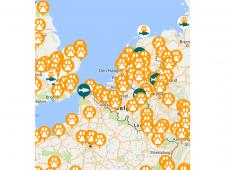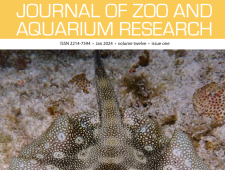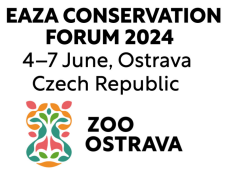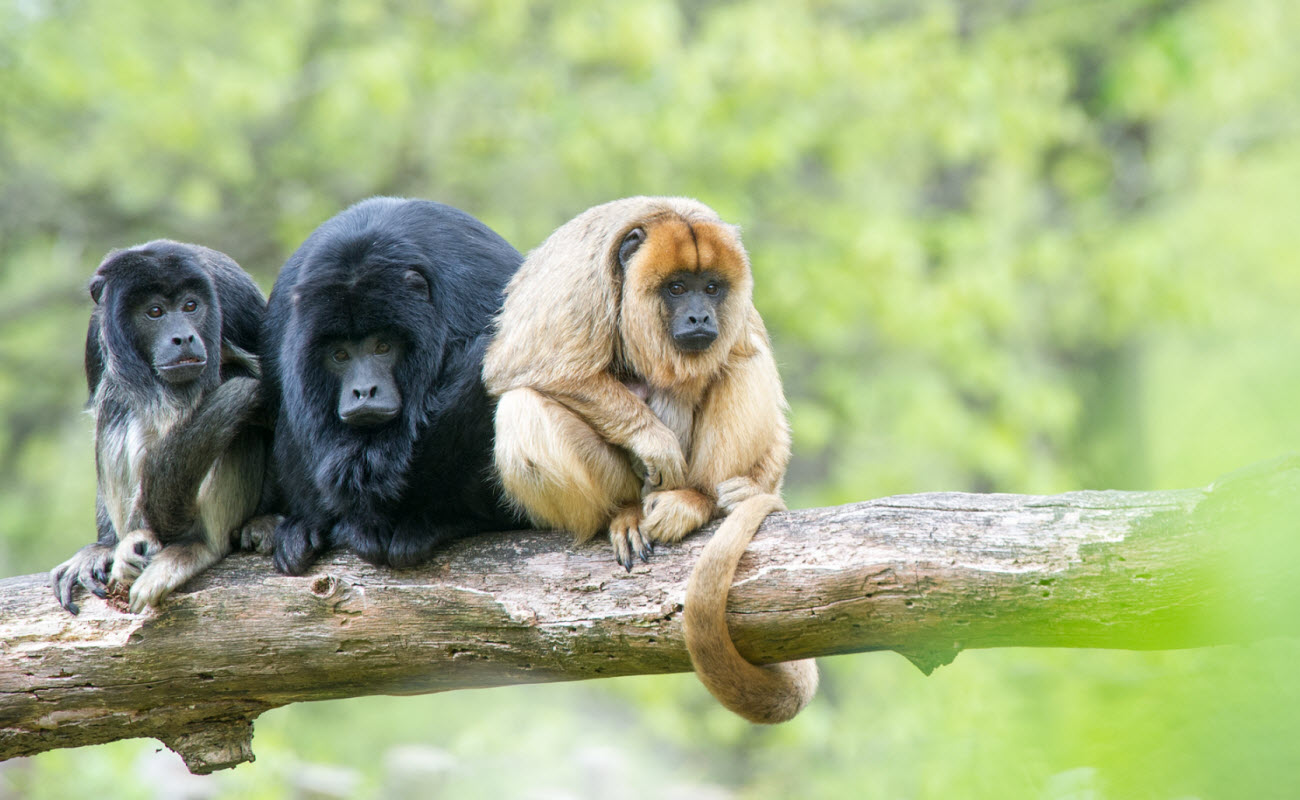EAZA Welfare Webinars are free and open to all, to support animal management professionals across the wider animal management community. Please see below an overview of past welfare webinars.
The EAZA Welfare Webinars are kindly sponsored by the International Fund for Animal Welfare (IFAW)
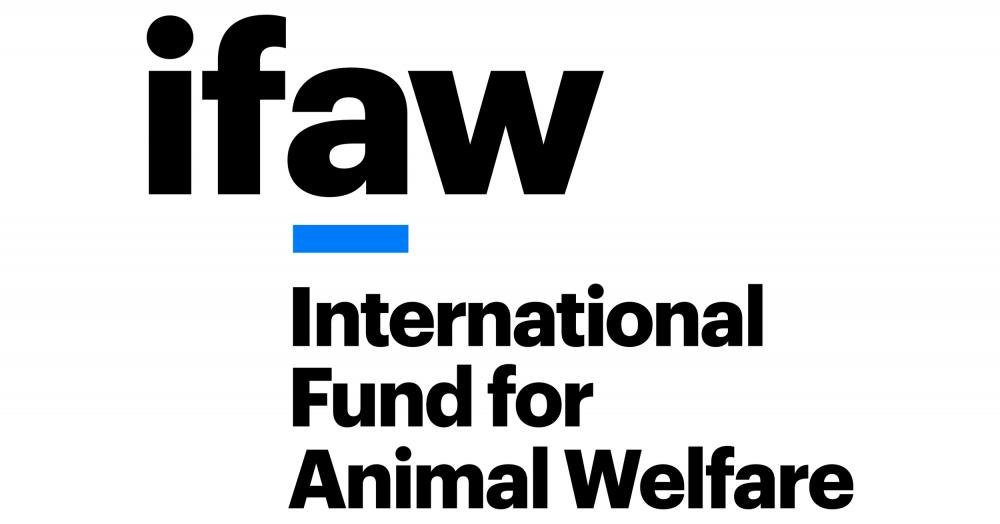
Nocturnal Behaviour in African mammals
Dr Anna Lena Burger, Department of Bioscience Education and Zoo Biology, Goethe University Frankfurt, and is Research Advisor of the Giraffe EEP as well as Associate Researcher of the Yellow backed duiker EEP.
The night accounts for half of an animal's life. Yet we still know far too little about their nocturnal behaviour, its rhythm or potential influencing factors. Through continuous long-term observations of nocturnal behaviour, we can shed light on the darkness and investigate the following questions for individual species: When and for how long do the animals feed, lie down or sleep? Where in the enclosure are the individual behaviours displayed? How do individuals behave at night within a group? With the results obtained, species-specific activity budgets can be created that show the temporal course of nocturnal activity and influencing factors can be determined. In this talk, these activity budgets for selected African mammal species will be presented and the results will be discussed with regard to animal welfare.
This webinar is aimed at anyone interested in learning more about how zoo animals behave at night and how this information can be relevant to the animal welfare debate. The focus will be on selected African mammal species.

Training as Enrichment
Dr Eduardo J. Fernandez, Senior lecturer Applied Animal Behaviour & Welfare, University of Adelaide
This webinar covers the concept of animal training as enrichment through the lens of past studies which explore the benefits of this practice as well as the future prospects for research in this area. The talk discusses how training facilitates enrichment usage, how it modifies interactions (within- or between species) and how it expands behavioural repertoires.
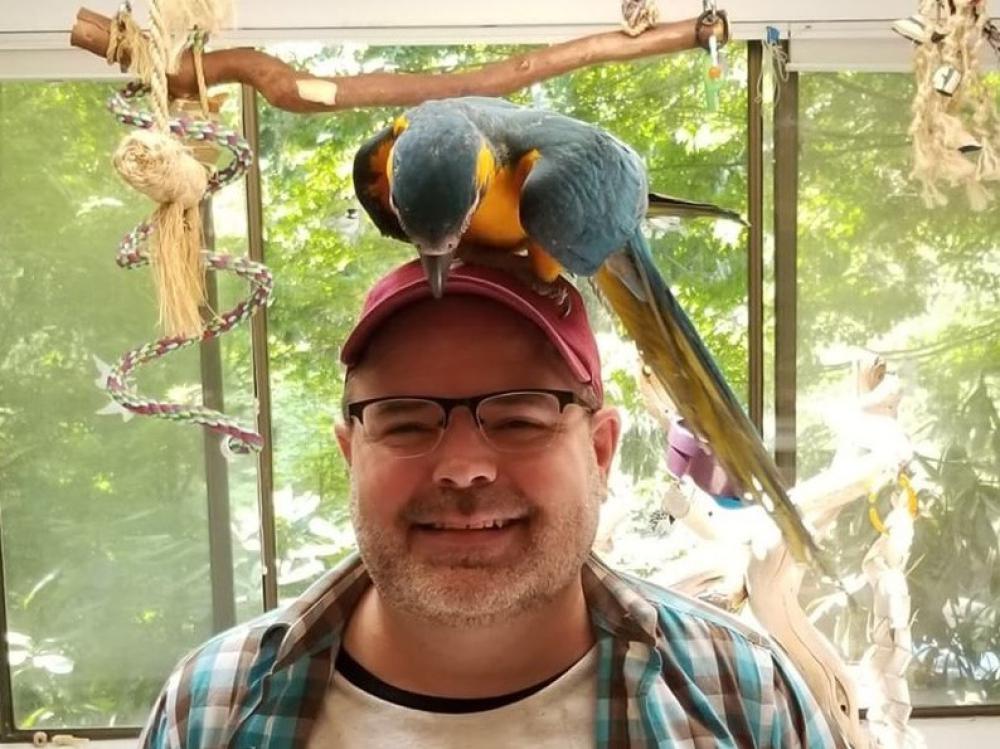
Vitamins in animal theory and zoo practice
Dr Lauren Samet, Animal Nutritionist, Chester Zoo
This talk aims to provide a roving scope on vitamins for those new to the subject or for those that wish to brush up their knowledge and learn more about practical aspects of ensuring their appropriate supply to an animal. Somewhat predictably covering the key vitamins (A-K), this talk will discuss their roles in the body and what can influence function, both inside and outside the body within various spp. whether that be other nutritional factors, the environment or the practicalities of storage. It’s a mammoth topic but by picking out some of the key concepts in this area it is hoped to encourage interest in what is essentially a molecular biology with a giant influence on an animal’s health and welfare.
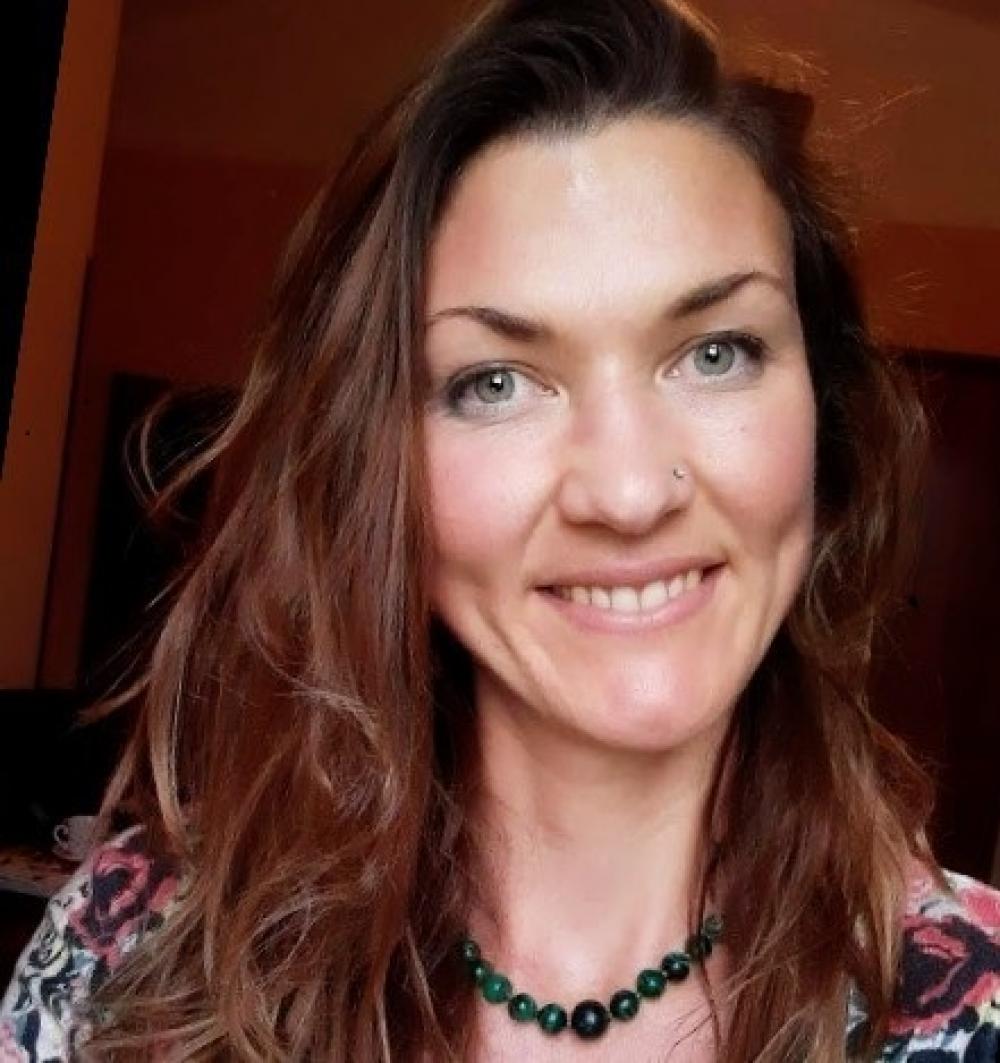
Beyond enrichment: modern zoo animal feeding
Marcus Clauss, Prof. Dr. med. vet., Clinic for Zoo Animals, Exotic Pets and Wildlife, University of Zurich
Historically, the focus of zoo animal nutrition changed from the prevention of acute nutrient deficiencies to the support of a long life of high welfare. In the face of today’s challenges, debates about the ‘naturalness’ or ‘artificiality’ of certain diets appear outdated witnesses of a time when food preparation, rather than diet presenting, was considered a main task of zoo keepers. This historical change needs to be accompanied by new definitions of feeding regimes that do not require additional enrichment, but that are designed in such a way that they fulfil the role formerly assigned to enrichment activities.

Reproductive management and Animal welfare
with Yedra Feltrer, DVM MSc DipECZM(ZHM) MRCVS, EAZA Reproductive Management Group Vice-Chair Reproductive Management & Animal Welfare
Captive breeding programs are an important component of the conservation mission of zoos. The aim of these cooperative international and regional ex-situ breeding programmes is to form viable populations that can benefit in-situ conservation efforts. One of the main goals of zoos is to maintain healthy, sustainable breeding populations. In order to achieve this without negatively impacting the welfare of the animals under our care, we need to have a holistic approach to breeding management and make sure our animals are fit for breeding, and this is the main goal of reproductive management. Reproductive management in zoos is about breeding and limit breeding. There are many tools in the box of reproductive management and the way we apply and use them, if not carefully considered, may have an impact on the animals under our care. This talk is an overview of reproductive management and of the main things we need to consider to evaluate the potential welfare impact (positive and/or negative) that fulfilling the requirements of our captive breeding programmes may pose, and how a holistic and collaborative approach to reproductive management can help us to achieve this.

Diet and welfare - the right carbohydrates
with Dr Amy Plowman, Head of Conservation and Science, Bumblebee Conservation Trust
Getting nutrition right is essential for all aspects of zoo animal health and welfare. Getting it right includes providing the right level of all nutrients, storing and preparing feeds hygienically and presenting food in ways to promote natural foraging and feeding behaviour. This webinar will focus on getting the right balance of nutrients, with a particular emphasis on providing the right types of carbohydrates and why this is more important than has been traditionally recognised. The benefits of lower sugar and higher fibre diets will be demonstrated by various examples from over 20 years of nutrition research at Paignton and Newquay Zoos, largely involving the removal of fruit from the diets of primates and other herbivores.

Confronting Back-of-House Traditions
with Sabrina Brando, Director of AnimalConcepts and Jon Coe, Director John Coe Design
Non-public animal areas in zoos, often called “back of house” (henceforth BOH), also “off-display”, “bedrooms”, or “holding areas”. Progress has been made improving animal quality of life in larger, more naturalistic and enriched indoor areas. However, we observe that quality of life in the BOH areas has improved little in comparison and can result in animals being confined in less stimulating and enriching spaces for substantial periods of the 24-hour day. This presentation will give an overview of our research in order to substantially improve animal welfare in BOH areas and conclude by suggesting a new integrated design model based not upon rote standards, and copying old models, but building rather on empirical foundations while embracing empathy and innovation.
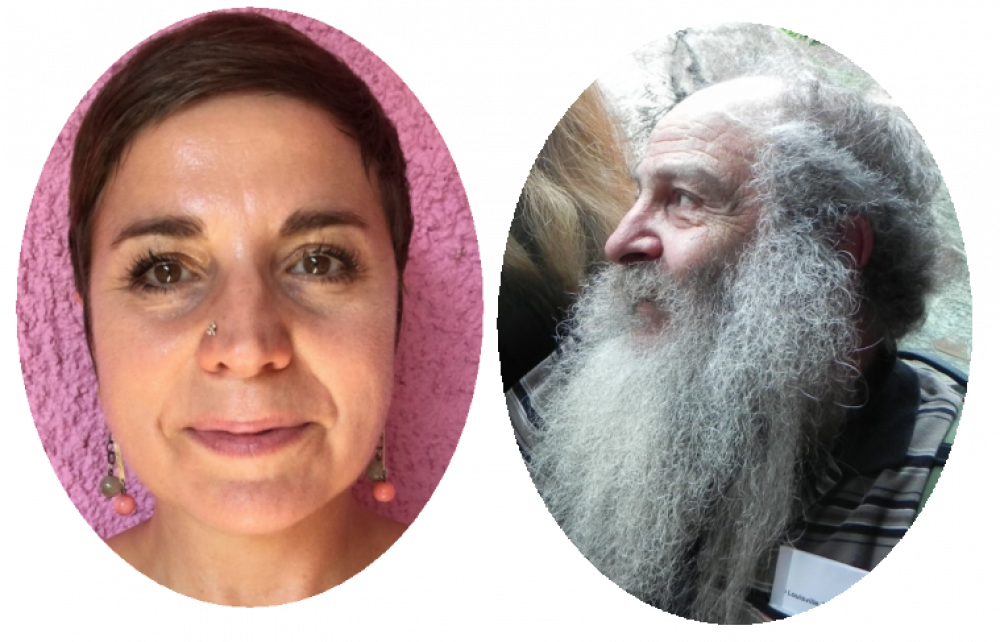
Applying the Science of Behaviour Change
with Jim Mackie from ZSL London Zoo
This webinar demonstrates how science-based animal training has a significant welfare benefit on all kinds of animals in Zoos and aquaria, in many different ways. From arapaima to zebra, and everything in between, we will show how training is not just for the flagship mammals, but for every type of animal in the zoo. Using examples from across the taxonomic groups, we will explore the diverse ways in which Zoo animal caregivers are replacing traditional methods of husbandry and medical care, such as manual restraint, with a co-operative and progressive approach, and provide evidence into how this change is having a positive impact on Zoo animal welfare, whatever the animal.

People, Animal Welfare and Conservation
with Dr Sally Sherwen from Zoos Victoria
Exciting new research and developments are underway that demonstrates the interconnectedness between staff well-being and positive workplace culture, animal welfare standards and conservation outcomes. Historically, many have considered these areas as conflicting priorities that need to compete for resourcing within and between organisations. But science is now demonstrating the extent of overlap across these focus areas and potential for significant advancements if we re-imagine how we approach our zoo-based work programs. In this talk, I’ll use case study examples of what we’ve learned from better integrating programs of work across various disciplines and departments in an effort to expand reach and impact of our work.

C-Well dolphin assessment
with Dr Isabella Clegg from Animal Welfare Expertise
Zoos and aquaria have made significant progress in developing their understanding and measurement of animal welfare over the last decade. Many institutions are therefore looking to further advance their welfare programs to be able to take more detailed welfare data, and more efficiently. This presentation lays out the next steps for such organisations, including identifying “high-risk” species and prioritising them by conducting detailed, species-specific welfare assessments on these animals to improve their welfare and increase transparency for the public. The C-Well Assessment for dolphins will be described as an example of such a tool, and the latest updates and findings will be discussed. Another important element of zoo welfare programs is the use of technology to aid welfare data collection, and AnimalCare Software’s recently released welfare templates will be showcased here as a powerful platform for efficiently gathering data and most importantly, it allows instant analysis of huge datasets so that results can be used to make real time improvements.

The 'Five Domains' model
The 'Five Domains' model with guest Associate Professor Ngaio Beausoleil
The Five Domains Model has been used to guide assessment of animal welfare for 25 years and has been regularly extended and updated during that time to reflect evolution of thinking and knowledge about animals and their welfare. Using the model, information about the observable/ measurable state of the animal is compiled in four physical/functional domains relating to its: 1. Nutrition/Hydration; 2. Physical Environment; 3. Health; and 4. Behavioural Interactions. This information is then used to cautiously infer the animal’s likely mental experiences, which are most relevant to its welfare state, in Domain 5: Mental State. The latest version of the model focusses attention on the welfare implications of animals’ various interactions with humans, primarily through evidence compiled in Domain 4. This extension of the model and illustrations of the mental experiences arising from animal-human interactions will be useful for those caring for animals in a wide range of contexts.
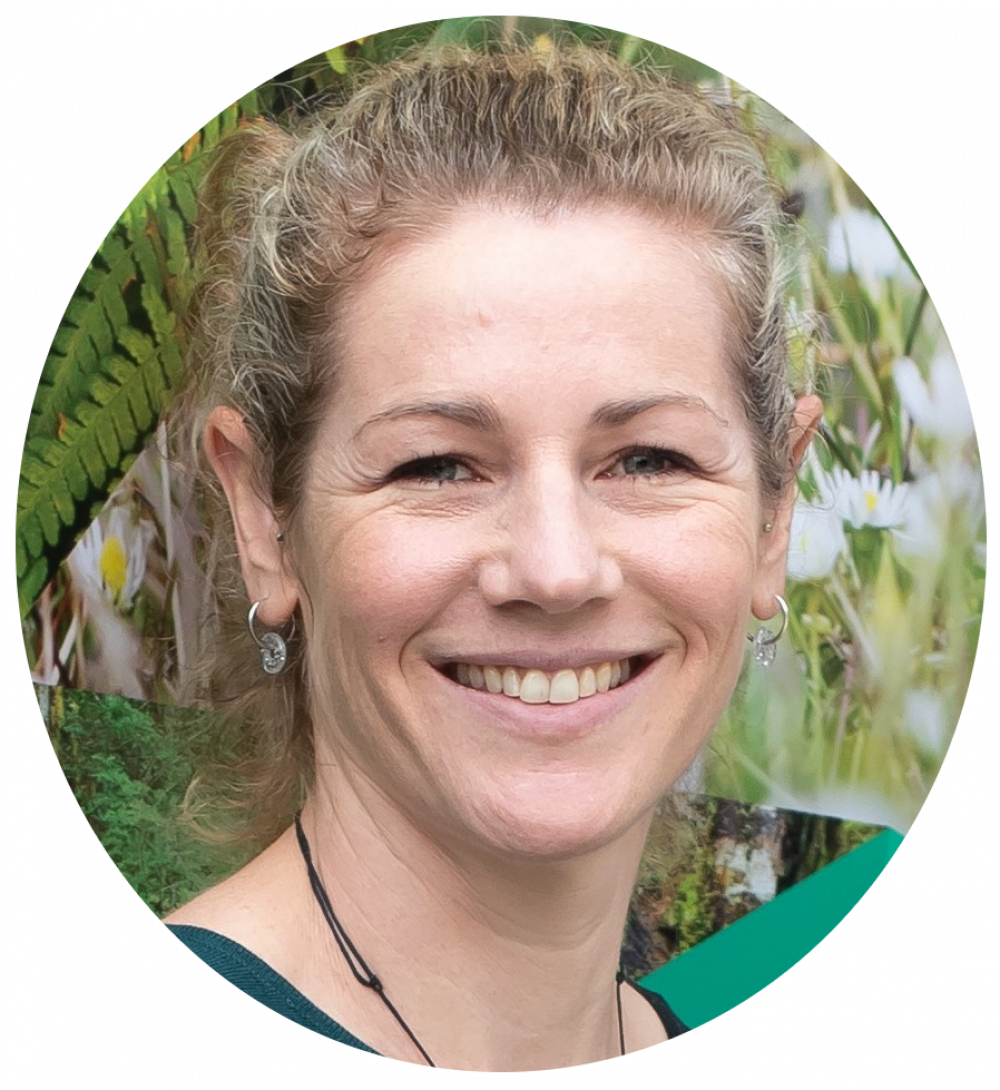
Developing a welfare risk assessment tool
Institutional Welfare Assessment Tool Development and Application; unexpected learnings with Dr Sally Sherwen
This webinar will focus on the process that Zoos Victoria went through in developing a welfare risk assessment tool based on the five domains (with collaboration with Prof David Mellor). The process has been trialled and refined over the past 4 years, and as such, they can draw on a relatively long-term dataset to present changes and progress over time. Sally will also discuss the challenges and limitations of the process, as well as the value it has brought to advancing welfare standards across Zoos Victoria

Designing cognitive bias tests
How can we tell if animals are optimists or pessimists? Designing cognitive bias tests to measure animal welfare in zoos and aquaria with Dr Isabella Clegg
Cognitive bias tests can reveal whether animals make more optimistic or pessimistic judgements of ambiguous stimuli. They remain one of the most valid tools for measuring welfare, where results show animals in poor welfare judge more pessimistically, and vice versa. While these tests have been widely applied to farm, domestic and laboratory species, only a few studies have taken place in zoos and aquaria.
This presentation will explore the opportunities of cognitive bias testing in zoos, managing the many uncontrollable variables in this environment, and how understanding cognitive bias can help caretakers to enhance welfare

The importance of nutrition in animal welfare
Welfare starts with broccoli: What is nutritional welfare and how can I make sure my animals have it? with Dr Francis Cabana
Nutrition is fundamental in animal welfare and has a much bigger part than you think. The first step is giving the right nutrients for the species, activity level and life stage. This sounds straightforward but depending on the species, you may have little to no information to tell you what is ideal for them, so we need to use a number of techniques to assess how adequate the diet is. Last step is how you present the diet to stimulate natural feeding behaviours, which we tend to describe as enrichment – Francis just calls it nutrition welfare

Zoo visitor-animal interactions
Zoo visitor-animal interactions: a framework to progress our understanding of impacts on animal welfare with Prof. Vicky Melfi
People are a defining feature of zoos and the appreciation that they impact animal welfare is growing. Zoo visitors can have positive, negative or no impact on zoo animal welfare. Reviews of the growing body of research studying zoo visitor-animal interactions (ZVAI), identify that patterns are hard to discern across studies. Vicky suggests this is because not all ZVAI are equal and therefore comparisons need to be considered carefully. Drawing on functional differences between ZVAI, from the perspective of how they are implemented are described here, and proposed as framework for considering ZVAI in the future. The proposed framework aims to provide a transparent, systematic and objective approach to considering ZVAI, when considering how they might impact animal welfare.
Click here for the webinar recording

Behavioural diversity
Behavioural diversity as a potential positive indicator of animal welfare with Dr Lance Miller
There is growing evidence that behavioural diversity may be a positive indicator of animal welfare. Validating positive indicators of welfare is critical because absence of negative indicators of welfare does not demonstrate an animal is in a good state of welfare. The presentation will highlight historic research on the topic of behavioural diversity as well as provide some new data that lends further support. Specifically, the presentation will highlight behavioural restriction and impacts on animal welfare, positive animal management situations that lead to higher behavioural diversity, the relationship between stereotypic behaviour and behavioural diversity, and relationships between behavioural diversity and physiological indicators of animal welfare.

Animal Welfare; threat or opportunity?
Animal Welfare; threat or opportunity to zoos and aquariums? with Dr Jake Veasey
Animal welfare is often perceived to be a threat to zoos and aquariums, in this presentation I will argue it is an opportunity but one that requires new ways of thinking. In recent years the acceptability of keeping a number of species in captivity has been eroded, with bans considered or implemented in a range of jurisdictions for a variety of taxa, and some facilities have permanently closed following perceived failings in welfare management. Such ethical shifts and challenges need not be considered as inevitable or one-way if the zoo and aquarium community is proactive in addressing welfare issues in a meaningful and transparent manner. I’ll consider some of the lessons learnt from species for which the social license for keeping in zoos and aquariums has been challenged and provide some insights into novel tools zoos and aquariums should consider using to maximise welfare and protect their social license.

Assessing animal welfare under human care
The Fundamentals of Animal Welfare Assessments with Xavier Manteca Vilanova
Assessing the welfare of wild animals under human care is a significant challenge due to the large number and sheer diversity of species involved, and to the fact that many of them are poorly known. The objective of this webinar is to discuss how this challenge can be addressed by using existing protocols and current knowledge on natural behaviour. In addition, several welfare indicators are likely to be applicable to a wide variety of species.

Quality of Life Assessments
with Heather Bacon
This webinar explores the terminology around end of life decision-making in zoo animals: euthanasia, quality of life and population management euthanasia. We explore the different ethical perspectives on these procedures, the animal welfare impacts, and the various factors that may influence our decision-making. This webinar suggests useful approaches to making difficult end-of-life decisions for animals in your zoo.

Animal welfare in relation to modern zoo practices
with Thomas Bionda
This presentation is about the importance of animal welfare for many zoo practices. How can we regard welfare assessments as a benefit and opportunity, rather than as a cost (time), and consider incorporating them in institutional collection planning for instance? What roles do animals have and how does the new EAZA Population Management strategy fits in this idea (including the role identification and its consequences for housing conditions)? And last but not least, does breeding significantly affect animal welfare as is often claimed? If so or not, what consequences does this have for zoos' missions and goals and how we manage it?


